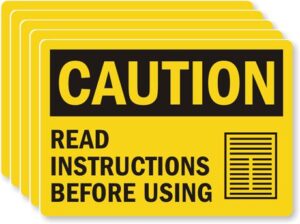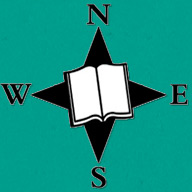- Start at the beginning and go to the end.
Bible Orientation follows the order of the books in the Bible. Begin at the beginning of the Bible, with LAW. This is critical because the course is cumulative. HISTORY lessons refer to verses in the LAW books, POETRY looks back to HISTORY and LAW, etc. Lessons build on previously covered books throughout the course.
- Begin each class by reciting the order of the books already covered. This is a quick review and gains the attention of your students. A “sword drill” (race to find verses) is included at the end of each category. It uses only references from books already covered.

- Bible reading is the core activity of Bible Orientation. The teacher asks questions. A reference accompanies each question. Students look up answers in the verses cited. (Answers are provided for the teacher.)
- Initially, students tend to read the entire verse aloud, but encourage them to find the 1-word or short phrase answer in the verse. This develops comprehension of biblical language.
- Every class has talkative and shy students. Assign verses to individuals so all students will participate. Go around the circle or assign a series of references, one per child, at the beginning of a section.
- Many worksheets and reviews at different skill levels are included. Choose those that are best for your class. (Answer sheets are provided.) Your goal is to teach your students to navigate and become familiar with the Bible, not to complete every worksheet. You don’t want to get stuck at one book too long.
- OPTIONAL: Objects symbolizing each book’s content plug into children’s imagination and tactile learning. (Adults enjoy some objects, too.) If you choose to use objects, you can find suggested lists for entire categories in Appendix 1 and 2. Hide these objects in a bag or box until the pertinent verse is read. Lesson plans name objects at the moment of reveal.

